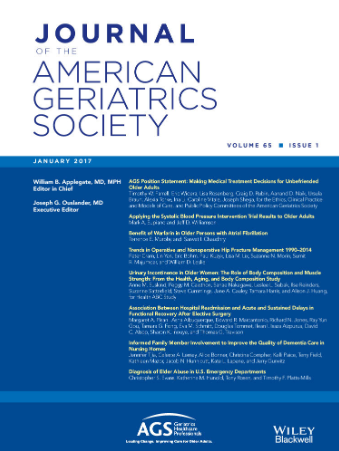Home-Based Comprehensive Geriatric Assessment for Community-Dwelling, At-Risk, Frail Older Adults: A Systematic Review and Meta-Analysis
Abstract
Background
Comprehensive geriatric assessment (CGA), an operational model of integrated care, has become a fundamental component of healthcare delivery models for older adults. It is a multidimensional diagnostic process intended to determine a frail elderly person's medical, psychosocial, and functional capabilities and limitations to develop an integrated care plan. The aim of this systematic review and meta-analysis was to update and synthesize the totality of research evidence related to the effectiveness of home-based CGA compared with usual care among community-dwelling at-risk older adults. A secondary aim of the review was to characterize the components of CGA delivered across the included studies.
Methods
CENTRAL, MEDLINE, Embase, CINAHL, trial registers (WHO ICTRP, ClinicalTrials.gov, and McMaster Aging Portal), and gray literature were searched. Two independent reviewers conducted screening, data extraction, quality appraisal, and applied the Grading of Recommendations, Assessment, Development, and Evaluations framework to quantify the certainty of evidence. Meta-analyses were performed in Review Manager 5.4. The primary outcome was functional status.
Results
Twenty-two trials recruiting 7219 community-dwelling older adults were included. Home-based CGA resulted in improved functional status at 6–24 months (standardized mean difference [SMD] 0.17, 95% confidence interval [CI] 0.09–0.25), at 12 months (SMD 0.24, 95% CI 0.02–0.47), and at 24 months (SMD 0.11, 95% CI 0.01–0.22); an increased health-related quality of life (HRQoL) at 6–24 and 12 months; a reduction in mortality at 36 months; a reduction in hospitalizations at 6–36 months; and improved patient satisfaction with care at 6–12 months. Home-based CGA resulted in little or no difference in nursing home admission, emergency department presentation, or adverse events. Intervention characteristics and multidisciplinary team composition varied across trials.
Conclusion
Home-based CGA improves clinical and process outcomes for community dwelling at-risk older adults. CGA delivered by a comprehensive multidisciplinary team enhances functional status among community-dwelling older adults.


 求助内容:
求助内容: 应助结果提醒方式:
应助结果提醒方式:


